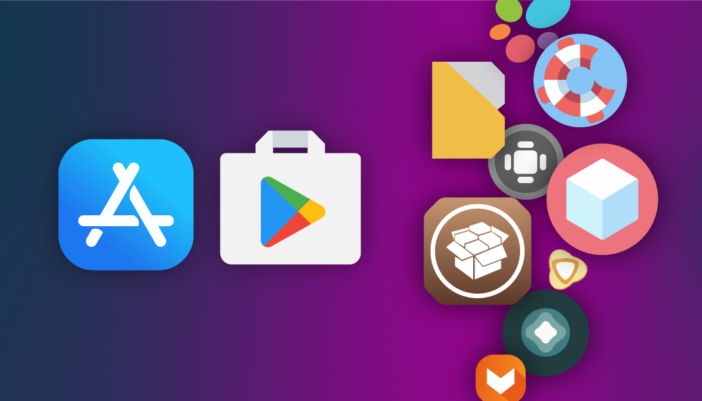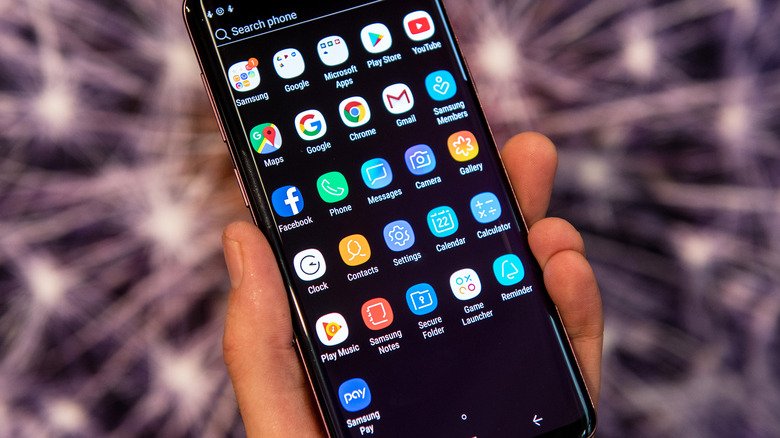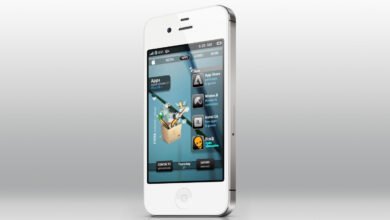How Do I Check If I Have a Third Party App Store?

If you have the same question that How Do I Check If I Have a Third Party App Store then this article is for you. In this article, we will explore what a third-party app store is, the benefits and risks associated with using one, and most importantly, how to check if you have a third-party app store on your device. So, let’s dive in!
Introduction
With the increasing popularity of smartphones and mobile applications, app stores have become an integral part of our digital lives. While most users are familiar with official app stores like Google Play Store or Apple App Store, there are also third-party app stores that offer alternative app distribution platforms.
What is a Third-Party App Store?
A third-party app store is an alternative platform where users can download and install applications that are not available on official app stores. These app stores are often developed by independent companies or individuals and offer a different selection of apps compared to the official stores. If you have any other question about What are Third Party App Stores? Then read our detailed article on this.
How to Check if You Have a Third-Party App Store on iPhone?
Many iPhone users download third-party app stores to access apps not available on the official App Store. While some third-party stores are legitimate, others can compromise the security of your device. It’s important to be aware of any unknown app stores installed on your iPhone. Here are some ways to check for and identify third-party app stores.

Check Your Home Screens
The simplest way to check is to visually scan all your iPhone’s home screens and look for any unfamiliar app icons. Legitimate third-party stores will usually have an icon that looks like a simplified App Store icon. The name on the icon may say something like “App Market” or “App Store 2.0.” If you see any icons you don’t remember downloading from the official App Store, that may indicate a third-party app store.
Check Your Apps List
Open the Settings app on your iPhone and select “General.” Then choose “Applications.” This will show a list of all the apps installed on your device. Look through the list carefully for any apps with “app store” or “market” in the title that you don’t recall downloading from the official App Store. For example, you may see something like “App Market” in the list.
Try Searching on Your iPhone
From the iPhone home screen, swipe down to access the search bar. Type in “app store” and look at the results. This will display any app store apps installed on your device. Pay attention to any you don’t remember ever downloading.
Scan for Unknown Profiles Under Settings
Open Settings and go to “General,” then choose “Profiles & Device Management.” Look to see if there are any unknown or unfamiliar profiles listed here. A third-party app store may install a profile on your iPhone in order to operate. Be cautious of profiles from sources you don’t recognize.
Check Your App Download History
In the App Store app, tap on your profile icon in the top right. Then choose “Purchases” to view your download history. Look for any apps you don’t remember downloading. Be extra suspicious of apps downloaded on the same day you may have installed a third-party app store.
Be vigilant in watching out for unknown third-party app stores on your iPhone. Avoid opening or using them, as they can compromise security, infect your device with malware, or lead to legal issues. If you find an unwanted app store, delete it right away. Only install apps from the official App Store you know and trust.
How to Identify a Third-Party App Store on Android?
Third-party app stores provide access to apps outside the Google Play Store. Some are safe options, while others can be malware distributors. It’s important to identify any unknown third-party stores that may be on your Android device. Here are ways to check for and recognize if you have downloaded a third-party app store.

Check Your Home Screens
Visually scan all your Android device’s home screens looking for unfamiliar app icons. Many third-party stores try to mimic the look of the Google Play Store with a similar icon. Look for names like “App Marketplace” or “Android Store” that you don’t remember installing. Tapping and holding the icon may reveal the full app name.
Review Installed Apps List
Open your Settings app and go to “Apps.” This will display a list of all apps installed on your device. Carefully look through the list for any apps with “store” or “market” in the title that you did not intentionally download from the Google Play Store. For example, you may see “AppStore+” in the list.
Search Your Apps
On your home screen, swipe down to access the search bar. Search for terms like “store” and “app store” and browse through the results. Make note of any app store-related apps that you don’t recall downloading.
Check for Unknown Sources
Under Settings, tap “Apps & notifications” then select “Advanced.” Scroll down and look under “Special app access.” If “Install unknown apps” is enabled, tap it to see which apps have permission to install apps from unknown sources. An unfamiliar app with this permission may indicate a third-party app store.
Examine App Permissions
While in your Settings app, go to “Apps” and select the app you think may be a third-party store. Tap “Permissions” and see what access the app has, like allowing installation of apps. Extensive permissions could signify a store.
Scan Device for Malware
Third-party stores often contain infected apps and malware. Scan your device using a reputable anti-virus app to detect if any malicious apps or malware were installed from an unknown store.
Be careful when downloading apps outside the Google Play Store. If you find an unrecognized app store, uninstall it immediately to keep your device secure. Only trusted app stores like Amazon Appstore or Samsung Galaxy Store should be used.
Conclusion
In conclusion, third-party app stores offer a wide range of apps and customization options, but they also come with risks such as security concerns and lack of official support. By following the steps outlined in this article, you can easily check if you have a third-party app store on your device and take appropriate action based on your preferences and security considerations.
FAQ for Checking Third-Party App Stores on iPhone and Android
Q: What are some signs of a third-party app store on my iPhone?
A: Unfamiliar app icons on your home screens, unknown apps in your purchase history, and profiles from sources you don’t recognize in Settings can indicate a third-party app store.
Q: Is it bad to have a third-party app store on my iPhone?
A: Yes, they can compromise security, infect your device with malware, and lead to legal issues. Only download apps from the official App Store.
Q: How can I find and remove a third-party app store?
A: Check all your apps for unfamiliar names related to app stores. Delete any third-party apps you find. Also remove any unknown profiles in Settings.
Q: Are third-party app stores illegal?
A: Downloading content from unauthorized distributors may violate copyright laws in some cases. It’s best to avoid third-party app stores altogether.
Q: How do I check recently downloaded apps on my iPhone?
A: Open the App Store app, tap your profile, and choose “Purchases” to view your download history. Look for any apps you don’t remember downloading.
Q: What are indicators of a third-party app store on my Android?
A: Unfamiliar app icons, apps with “store” or “market” in the name, ability to install from unknown sources, and extensive permissions can indicate a third-party store.
Q: Is it safe to use third-party app stores on Android?
A: No, many contain malware and compromised apps. Stick to trusted sources like the Google Play Store and Amazon Appstore.
Q: How can I find and remove third-party app stores?
A: Check your apps list in Settings, search for “store” and “market” apps, and uninstall any third-party stores. Also revoke install from unknown source permissions.
Q: Could a third-party store impact performance on my Android?
A: Yes, they often contain apps with malware and bugs that can slow down your device and drain battery.
Q: Should I scan for malware after removing a third-party app store?
A: Yes, it’s smart to scan with a reputable anti-virus app in case any infected apps were installed from the unauthorized store.





3 Comments